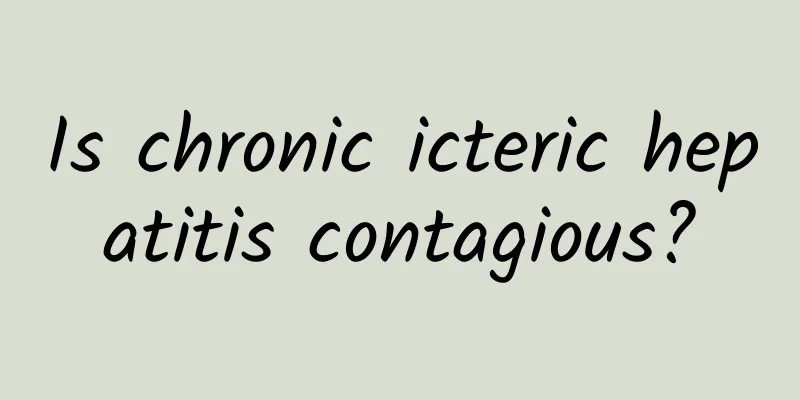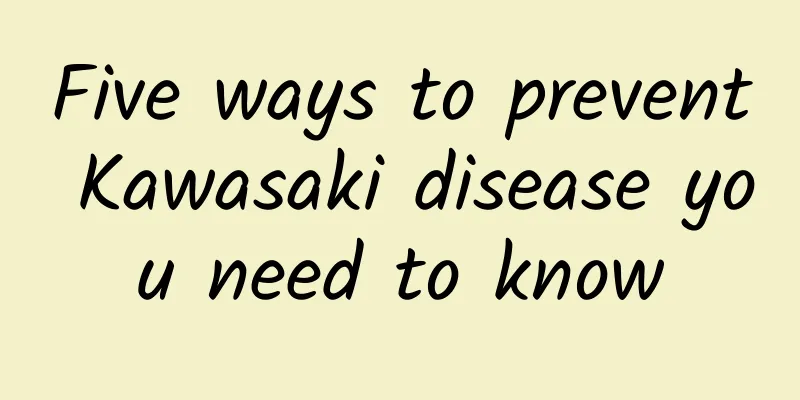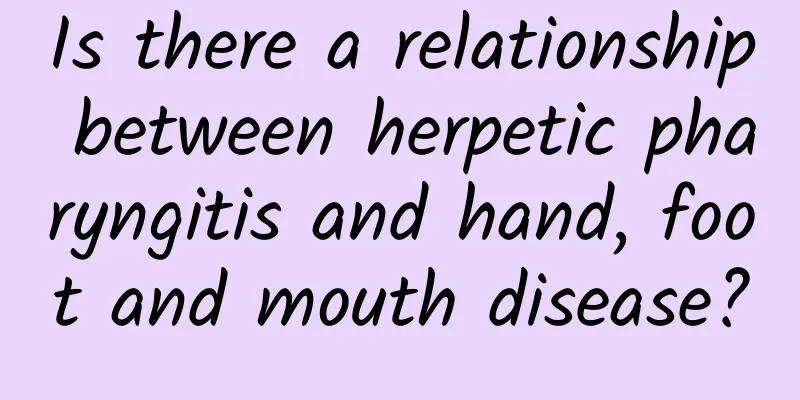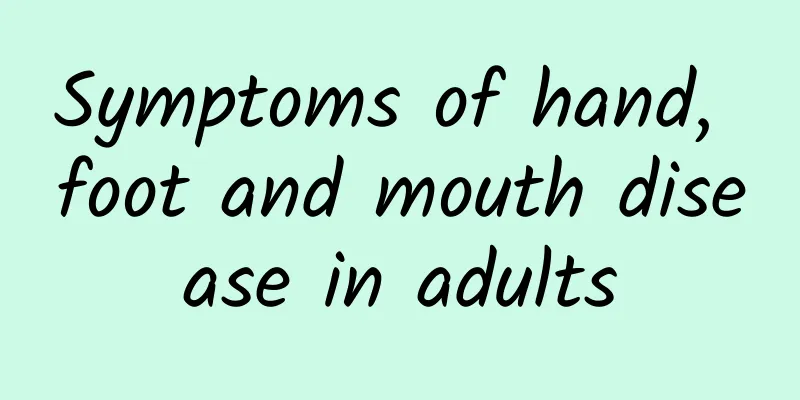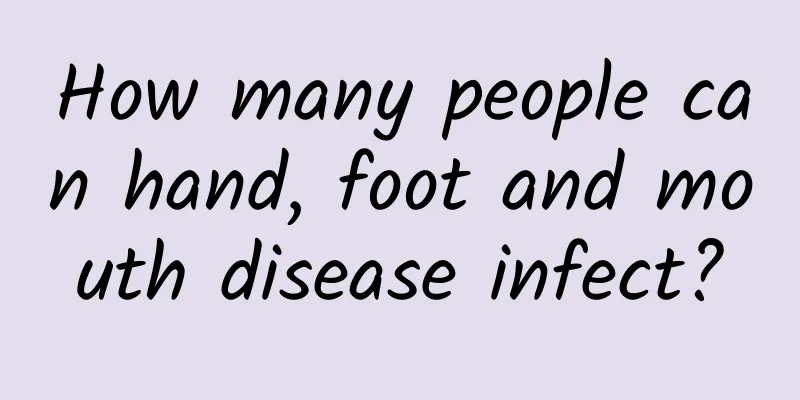What are the symptoms of polio?
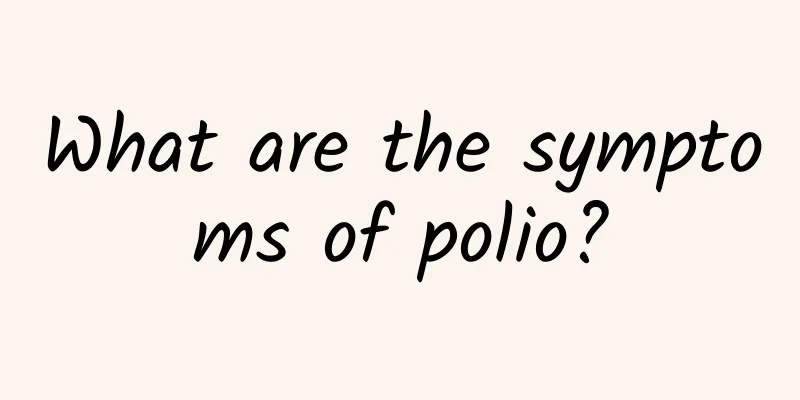
|
Poliomyelitis is an acute infectious disease caused by the polio virus. It mostly occurs in children under 6 years old. Some patients may develop flaccid nerve paralysis, which is called poliomyelitis. The symptoms of polio are changeable, and the clinical manifestations are different at different stages of the disease. So what are the symptoms of polio? The following is an introduction to the symptoms of polio. Incubation period: 3-35 days, usually 5-14 days. Symptoms are not obvious and difficult to detect. Prodromal stage: fever, headache, sore throat, nausea, vomiting, diarrhea or constipation. Symptoms of the upper respiratory tract and digestive tract appear. The fever usually subsides after 1-4 days. If the disease does not progress and is cured, it is called abortive type, which is difficult to diagnose. Pre-paralysis stage: After the body temperature drops, it will rise again after 1-6 days and enter the pre-paralysis stage, showing bimodal fever. In many cases, the prodromal period is not obvious. When the disease occurs, there will be worsening headache, irritability or drowsiness, sweating, and muscle pain all over the body, especially in the neck, back, and limbs. Paralysis stage: Paralysis often occurs 1-2 days after the second peak of the bimodal fever; in atypical cases, the course of the disease has no obvious stages, and the symptoms can be mild or severe. During the paralysis stage, the abdominal wall reflex disappears first, and the knee tendon reflex weakens and disappears. Paralysis worsens with fever, reaching its peak within 5-10 days, with mild cases lasting 1-2 days and severe cases lasting half a month. After the body temperature drops, the paralysis no longer progresses. Based on pathology and clinical manifestations, paralysis is divided into spinal cord type, medullary type, medullary spinal cord type, and encephalitis type. Recovery period: 1-2 weeks after paralysis, the function begins to recover, starting from the toes and gradually rising to the tibia and thigh. Knee tendon reflex also gradually recovers, 1-3 months for mild cases, and 6-18 months or more for severe cases to partially recover, and the recovery slows down after 6 months, and recovery is even slower or difficult to recover afterwards. Sequelae stage: The nerves at the lesion site are severely damaged, and the muscles they control become disused due to loss of nerve impulses, resulting in muscle atrophy and relaxation. In severe cases, the patient cannot stand, the foot is turned inward or outward, the foot drops, the limbs become thinner and shorter, and the spine becomes scoliotic or lordotic. The harm of polio to patients is obvious, but many people don’t know about the sequelae. The above is an introduction to the symptoms of polio. Do you understand? I hope that after introducing it to everyone, you will have a better understanding of the symptoms of polio sequelae. A warm reminder to you, if you have polio, you should go to the hospital for treatment in time to avoid delaying the child’s illness. |
<<: What are the causes of polio?
>>: Notes on the diet for children with kidney disease
Recommend
Can garlic sprouts be eaten? What are the health benefits of eating more garlic?
Can garlic sprouts be eaten? Many people have big...
Should we pay attention to baby's indigestion? What should we eat if baby has indigestion?
Indigestion in children is mainly due to poor dev...
What medicine should I take for neonatal jaundice?
What medicine should be taken for neonatal jaundi...
Children's cough can be treated with massage. These recipes can also treat children's cough.
Cold and cough can be said to be the most common ...
What causes patent ductus arteriosus in infants?
Patent ductus arteriosus in infants is caused by ...
Laparoscopic treatment of hernia in children
Oblique inguinal hernia in children is one of the...
How to treat indigestion in children How to treat indigestion in children
Indigestion in children is a digestive problem in...
Which department should I go to for polio?
Polio is an acute infectious disease caused by vi...
How much do you know about the dangers of Kawasaki disease?
Many children have poor immunity. If preventive m...
Several tips to prevent diarrhea in children. Six nursing methods should be paid attention to when treating diarrhea in children.
Among common pediatric diseases, pediatric diarrh...
Baby coughs and gets allergic rhinitis
If your baby develops allergic rhinitis as soon a...
Dietary considerations for patients with hepatic osteodystrophy
Dietary considerations for patients with hepatic ...
Can patent ductus arteriosus be cured?
Can patent ductus arteriosus be cured? As modern ...
Introduction to the radical treatment of patent ductus arteriosus
What is the radical cure for patent ductus arteri...
How to avoid the harm caused by pneumonia in children
Parents and friends all have a certain understand...

